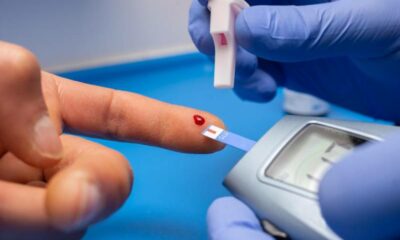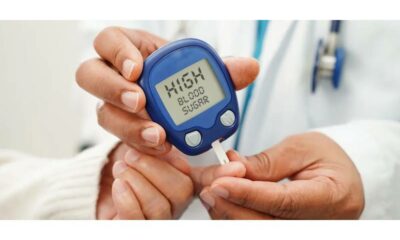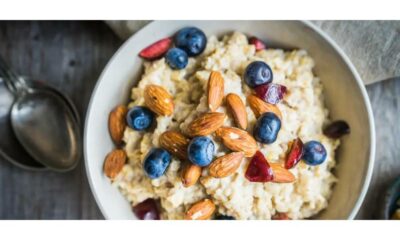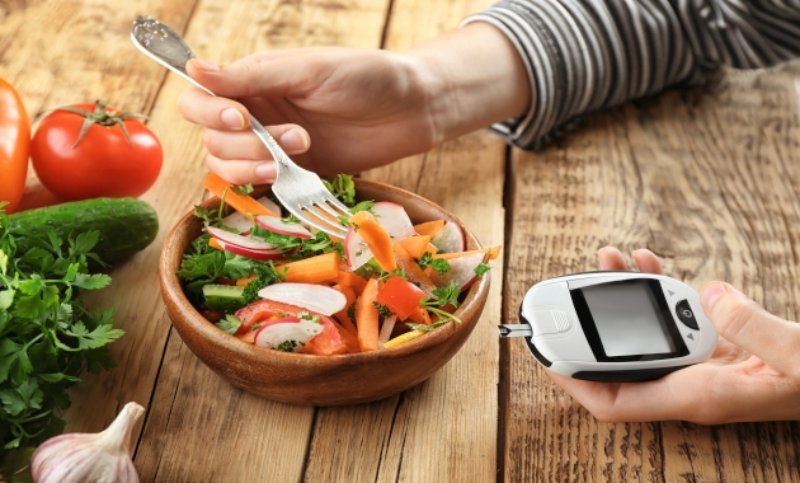Diabetes is a chronic condition that affects millions of people worldwide. Managing diabetes effectively involves a combination of medication, regular physical activity, and a balanced diet. Eating for energy is crucial for diabetics as it ensures stable blood sugar levels, supports overall health, and prevents complications. This guide provides nutritional tips and strategies to help diabetics maintain their energy levels and optimize their health through proper nutrition.
Understanding Diabetes and Energy Needs
Types of Diabetes
- Type 1 Diabetes
- Autoimmune condition where the pancreas produces little or no insulin.
- Type 2 Diabetes
- Metabolic disorder where the body becomes resistant to insulin or the pancreas doesn’t produce enough insulin.
- Gestational Diabetes
- Occurs during pregnancy and typically resolves after childbirth but increases the risk of developing type 2 diabetes later in life.
Importance of Energy Balance
- Energy Balance: The relationship between energy intake (food) and energy expenditure (physical activity and bodily functions).
- Maintaining a proper energy balance is essential for managing blood sugar levels and preventing fatigue.
Blood Sugar and Energy Levels
- Blood Sugar (Glucose): The primary source of energy for the body, derived from carbohydrates in the diet.
- Stable blood sugar levels are crucial for sustaining energy and preventing hyperglycemia (high blood sugar) and hypoglycemia (low blood sugar).
Macronutrients and Energy
Carbohydrates
- Complex Carbohydrates
- Found in whole grains, legumes, vegetables, and fruits.
- Slow digestion and provide a steady release of glucose.
- Simple Carbohydrates
- Found in sugary foods and refined grains.
- Rapidly increase blood sugar levels, leading to energy spikes and crashes.
- Glycemic Index (GI)
- A measure of how quickly a carbohydrate-containing food raises blood sugar levels.
- Diabetics should focus on low to moderate GI foods for sustained energy.
Proteins
- Role in Energy Metabolism
- Supports muscle repair and growth, and can be converted to glucose if needed.
- Sources of Protein
- Lean meats, poultry, fish, eggs, dairy, legumes, nuts, and seeds.
Fats
- Healthy Fats
- Essential for energy, hormone production, and cell function.
- Sources include avocados, nuts, seeds, olive oil, and fatty fish.
- Saturated and Trans Fats
- Should be limited as they can increase the risk of heart disease, which is a common complication in diabetics.
Micronutrients for Energy
Vitamins
- B Vitamins
- Essential for energy production and blood sugar regulation.
- Found in whole grains, meat, eggs, dairy, and leafy greens.
- Vitamin D
- Supports bone health and immune function.
- Sources include sunlight exposure, fatty fish, and fortified foods.
Minerals
- Magnesium
- Involved in energy production and muscle function.
- Found in nuts, seeds, whole grains, and leafy greens.
- Chromium
- Enhances insulin sensitivity and glucose metabolism.
- Sources include broccoli, whole grains, and meat.
Meal Planning for Sustained Energy
Breakfast
- Importance of Breakfast
- Kickstarts metabolism and stabilizes blood sugar levels after an overnight fast.
- Healthy Breakfast Ideas
- Oatmeal with berries and nuts.
- Greek yogurt with flaxseeds and a piece of fruit.
- Whole grain toast with avocado and a boiled egg.
Lunch
- Balanced Lunch Options
- Grilled chicken salad with mixed greens and a vinaigrette dressing.
- Quinoa bowl with roasted vegetables and chickpeas.
- Whole grain wrap with turkey, hummus, and veggies.
Dinner
- Nutrient-Dense Dinner Choices
- Baked salmon with steamed broccoli and quinoa.
- Stir-fried tofu with mixed vegetables and brown rice.
- Lean beef stew with carrots, potatoes, and green beans.
Snacks
- Smart Snacking
- Keeps energy levels stable between meals.
- Options include apple slices with peanut butter, raw veggies with hummus, and a handful of nuts.
Hydration and Energy
Importance of Hydration
- Water is crucial for every bodily function, including energy production and blood sugar regulation.
- Dehydration can lead to fatigue and negatively impact blood sugar levels.
Hydration Tips
- Aim for at least 8 cups (64 ounces) of water per day.
- Include water-rich foods like cucumbers, watermelon, and oranges.
- Limit sugary drinks and opt for herbal teas or infused water for variety.
Special Considerations
Managing Blood Sugar Spikes
- Avoiding High-Glycemic Foods
- Limit intake of sugary snacks, refined grains, and sweetened beverages.
- Balanced Meals
- Combine carbohydrates with protein and healthy fats to slow glucose absorption.
Eating Out with Diabetes
- Making Smart Choices
- Opt for grilled, baked, or steamed dishes.
- Ask for dressings and sauces on the side.
- Choose whole grain options when available.
Physical Activity and Nutrition
- Exercise and Blood Sugar
- Regular physical activity improves insulin sensitivity and helps manage blood sugar levels.
- Pre- and Post-Workout Nutrition
- Consume a balanced snack or meal before exercise to fuel your body.
- Replenish energy with a mix of protein and carbohydrates after workouts.
Recipes for Energy
Breakfast Recipes
- Overnight Oats
- Rolled oats soaked in almond milk, topped with chia seeds and fresh berries.
- Veggie Omelet
- Eggs cooked with spinach, tomatoes, and mushrooms, served with whole grain toast.
Lunch Recipes
- Lentil Soup
- Hearty soup made with lentils, carrots, celery, and tomatoes.
- Chicken and Avocado Salad
- Grilled chicken breast with mixed greens, avocado, cherry tomatoes, and a lemon vinaigrette.
Dinner Recipes
- Baked Cod with Quinoa
- Cod fillets baked with lemon and herbs, served with quinoa and steamed asparagus.
- Vegetable Stir-Fry
- Mixed vegetables stir-fried with tofu and low-sodium soy sauce, served over brown rice.
Snack Recipes
- Energy Balls
- Made with oats, peanut butter, honey, and dark chocolate chips.
- Greek Yogurt Parfait
- Layers of Greek yogurt, granola, and fresh fruit.
Overcoming Challenges
Dealing with Cravings
- Healthy Alternatives
- Swap sugary snacks for fresh fruit or a small piece of dark chocolate.
- Mindful Eating
- Practice mindful eating techniques to manage cravings and avoid overeating.
Staying Motivated
- Setting Goals
- Set realistic and achievable health goals to stay motivated.
- Support System
- Seek support from family, friends, or a diabetes support group.
Conclusion
Eating for energy is a fundamental aspect of managing diabetes and maintaining overall health. By understanding the nutritional needs specific to diabetics and making informed food choices, individuals can optimize their energy levels, regulate blood sugar, and enhance their quality of life. Incorporate these nutritional tips and strategies into your daily routine to support your journey toward better health and well-being.

 Diabetology2 weeks ago
Diabetology2 weeks ago
 Diabetology2 weeks ago
Diabetology2 weeks ago
 Diabetology5 days ago
Diabetology5 days ago
 Diabetology5 days ago
Diabetology5 days ago
 Diabetology5 days ago
Diabetology5 days ago
 Diabetology4 days ago
Diabetology4 days ago
 Diabetology2 days ago
Diabetology2 days ago
 Diabetology2 days ago
Diabetology2 days ago







